The future of luxury in Paris looks decidedly female
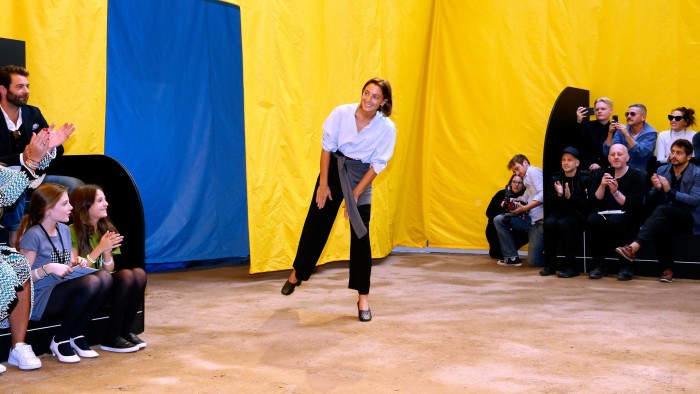
Simply sign up to the Life & Arts myFT Digest -- delivered directly to your inbox.
On September 30, at 2.30pm, in the grounds of the Musée Rodin in Paris, the eyes of the fashion industry will be absolutely fixed on Dior’s catwalk show. It’s an event that commands their attention every year but there’s an added frisson of expectation: for the first time in the brand’s near-70-year history, a female designer will be in charge.
Dior’s appointment of the 52-year-old Maria Grazia Chiuri in July has marked a small, subtle but deeply significant change in the landscape of French luxury. Her arrival, from Valentino, followed news that the 45-year-old French designer, Bouchra Jarrar, would be taking over at Lanvin following Alber Elbaz’s abrupt departure last October. Alongside Nadège Vanhee-Cybulski, 38, who was appointed Hermès’ first female designer for two decades in 2014, there are now women at the helm of Céline, Chloé, Alexander McQueen and Sonia Rykiel, some of the most prestigious houses that show in Paris.
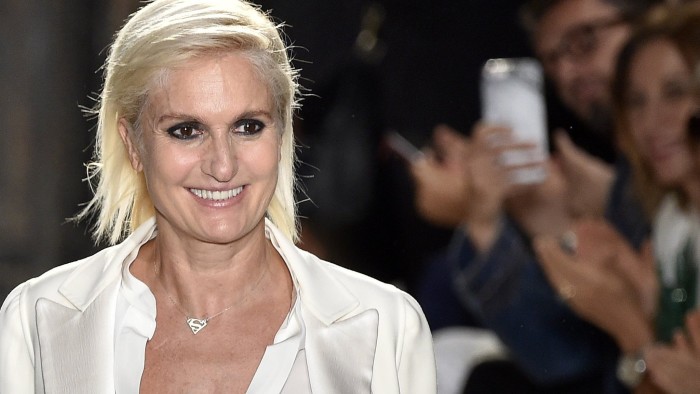
None of these designers set up the labels themselves; they were recruited, often by men, but also by women such as Floriane de Saint Pierre. Saint Pierre is probably the most powerful headhunter in the fashion industry. The head of executive search agency Floriane de Saint Pierre et Associés and a new online recruitment platform, Eyes on Talents, is generally obliged not to disclose her clients’ names — though it is known that she placed Christopher Bailey at Burberry. Meeting for mint tea during London Fashion Week, impeccably clad in a black Saint Laurent shirt, trousers and jacket draped over her shoulders, she reminds us that female designers used to be the norm.
“At the first half of the 20th century there were many women shaping the fashion world,” she says. “Madame Grès, Coco Chanel, Nina Ricci, Jeanne Lanvin. In the last decade there have been female entrepreneurs such as Isabel Marant, Roksanda Ilincic and the Olsen sisters, but fewer women at the helm of brands which were founded by men.”
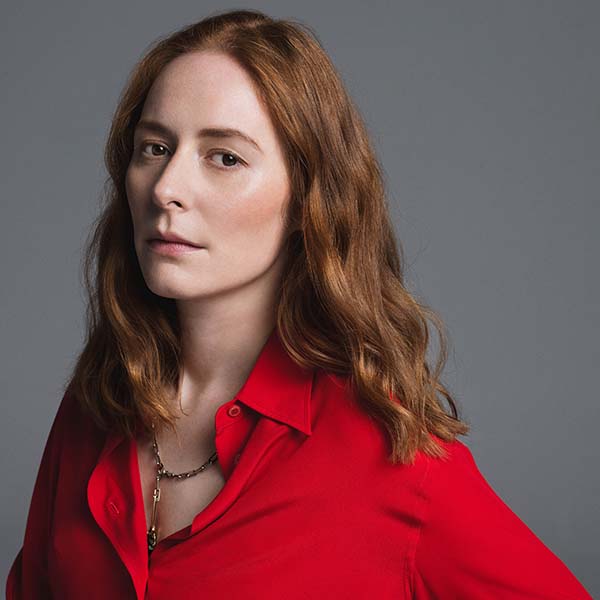
Those times are changing. In addition to the big appointments at Dior and Lanvin, Saint Pierre says the industry is shifting in more seismic ways too. “Something happened this year which I found extremely exciting,” she continues. “The LVMH prize was won by Grace Wales Bonner, Hannah Jinkins won the H&M award, Johanna Senyk of Wanda Nylon took the Andam Award Grand Prize, Angela Luna won one of the Parson’s Womenswear Designer of the Year Awards, and, of the British Fashion Council NewGen recipients for Autumn/Winter 2016, seven out of eight designers were women. These are women who have not only the talent but now the visibility, so I am very curious about the future. Will they become entrepreneurs or be appointed at big brands?”
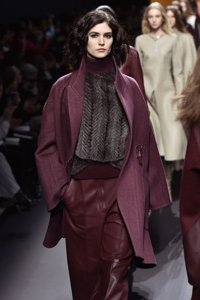
How far these up-and-coming female creatives will change the face of fashion remains to be seen. At the time of Maria Grazia Chiuri’s appointment, Dior Couture chief executive Sidney Toledano told the Financial Times of his delight in her attention to the atelier. “She’s quick, reactive and a good communicator . . . like Karl Lagerfeld, she understands all the facets of the studio,” He said. “She’s not going to be one of those designers like Moses on the mountain coming down to tell people her vision. Unlike Raf or Galliano [who had their own eponymous brands to work on], she is completely focused on Dior. And in these difficult times you need that agility and communicative skill to be reactive.”
There is a general sense across the industry, especially after the humiliating and shocking episode of John Galliano’s antisemitic rant in a Paris café in 2011, that the era of the showy star designer, with all their eccentric quirks, is over. And that female designers are less likely to draw such attention to themselves.
Clare Waight Keller, creative director at Chloé, says: “I don’t think women are interested in the star status. Women have to work very hard to achieve top positions in big brands, so the last thing one would do is look like work is secondary to our image. I prefer to focus on doing a brilliant job than on my social or public persona, and do the right amount of well-considered press.”
It seems unlikely then, that you will see Grazia Chiuri, a mother-of-two who drove herself to work on a Vespa at Valentino, posting private-jet selfies on Instagram like Marc Jacobs, or making controversial statements about IVF like Domenico Dolce and Stefano Gabbana. But not everyone seems thrilled to be saddled with the quiet designer label, and some are fighting the cliché of the dutiful woman beavering away in the studio.
“For someone described as quiet I seem to spend most of my days talking to others and to myself occasionally,” says Vanhee-Cybulski. “To be honest the industry needs personalities. Everybody secretly craves a diva or an anti-hero and the stories that come with them.”
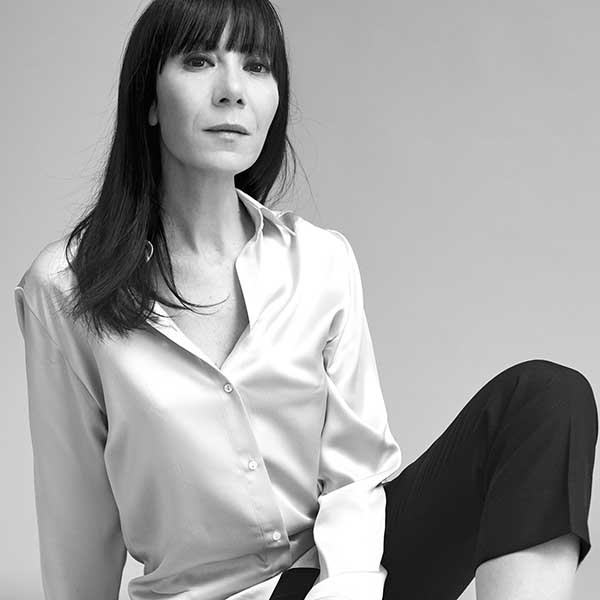
Probably the most prevailing assumption about female designers is that they are more able to design commercial, wearable clothes than men, and that their clothes tend to be sensual rather than overtly sexy (although tell that to Donatella Versace). Sidney Toledano has described Chiuri’s vision of women as “sensual and poetic”. It’s certainly spoken to many women: along with her design partner Pierpaolo Piccioli, Grazia Chiuri was instrumental in propelling Valentino back to critical acclaim and transforming the company’s fortunes. The duo were appointed co-creative directors of womenswear in 2008, and since 2009 sales have more than quadrupled to €987m.
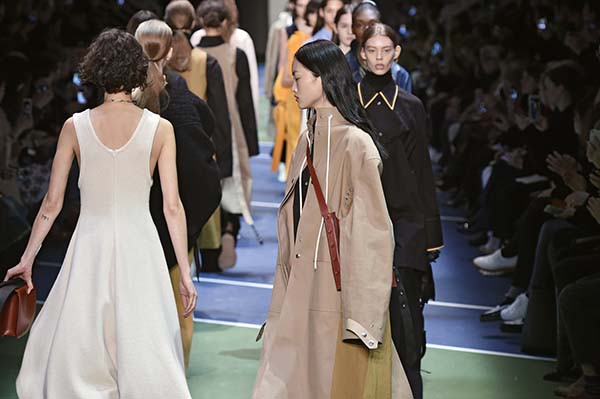
Women designers have form when it comes to the bottom line. At Céline, revenue has increased dramatically since designer Phoebe Philo arrived in 2008. And in March, Hermes posted 2015 results that noted an 8 per cent growth in the ready-to-wear and accessories division that had benefited “from the success of the latest ready-to-wear collections, especially of Nadège Vanhee-Cybulski’s first collection”. Was her success really due to her female point of view? Vanhee Cybulski isn’t convinced. “I have worked with many talented designers, both male and female, and in my experience . . . gender isn’t what makes you inclined to design bestsellers or masterpieces . . . whether you are a man or a woman, what prevails is the creative fibre.”
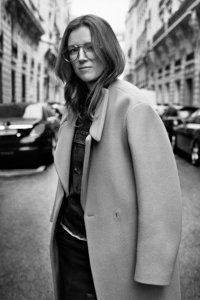
Saint Pierre is also reluctant to confirm that women have an advantage. “In my work I never think about gender, I think about who is the best to capture the spirit of the brand. Fashion is about understanding society. It’s very difficult to be creative and design clothes that you can wear, that are connected to the times, but a woman or a man can do it equally well.”
Waight Keller, however, does believe her gender gives her an edge. “It gives you the advantage of understanding the women who buy the clothes. It’s about intuition, knowing how something feels when you wear it, understanding how fabrics fall and react on the body, knowing what women love to express and more importantly, what they don’t.” She adds, “From my perspective, I do believe women design differently to men. I see the difference every day within my team. The men react very objectively whereas the women talk from their feelings about design”.
For Grazia Chiuri’s part, she said when she was appointed, that she appreciated, “the tremendous responsibility of being the first woman in charge of the creation of a house so deeply rooted in the pure expression of femininity.” If anyone can convincingly rewrite the rules of what that means in 2016, it’s probably her. Watch this space.
Comments